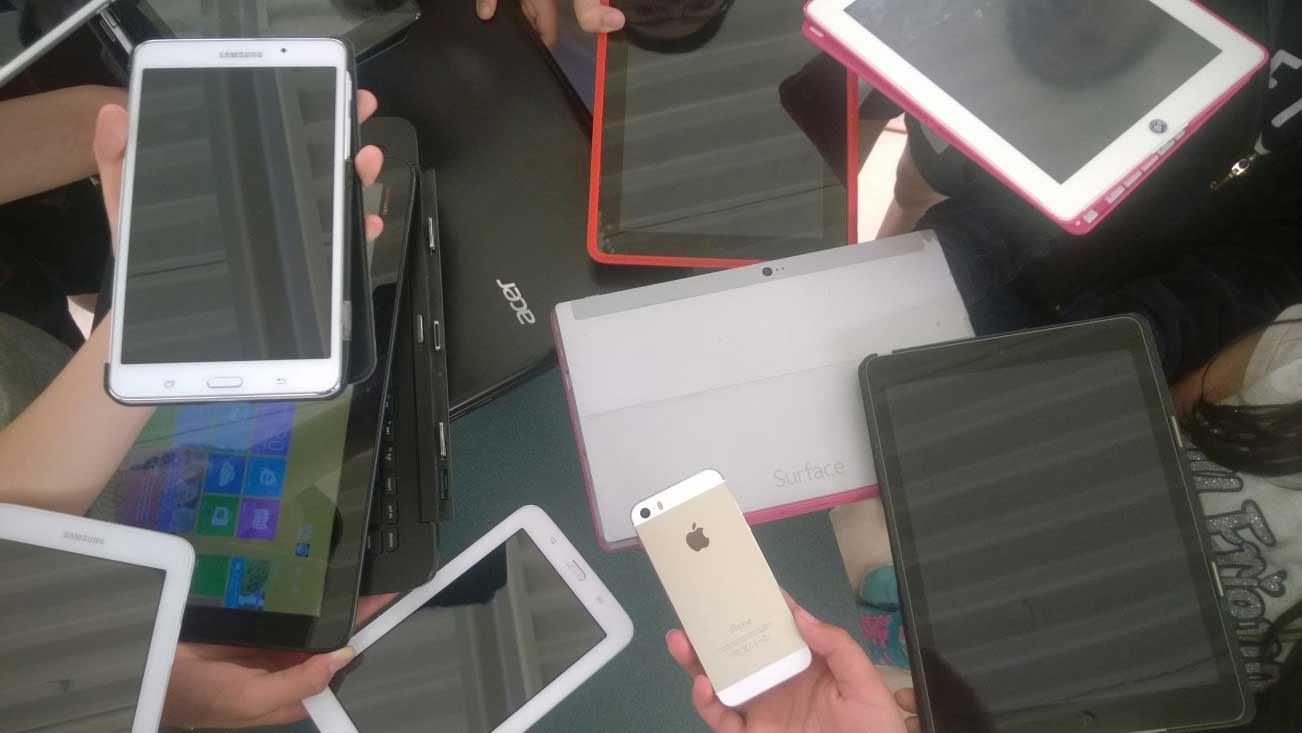Technology steers our personal and work lives, and it’s becoming a staple in our schools as well. Classrooms across the country are engaging in new technologies that make learning easier and more enjoyable. Education is more interactive and engaging when it’s personalized, and bring your own device (BYOD) policies offer a means to that end. Such policies allow students to use their own devices as learning platforms in accordance with the teacher’s software selection.
Discover a Technology Toolbox
An effective teacher has the right virtual toolbox at his or her disposal. In modern times, this toolbox must include the best apps and online programs for efficient instruction. Many of the most popular options encourage collaboration among students, teachers, and family members. Others give students control of the content to ensure the information is presented in a way they understand. There are hundreds of programs like this; here are our favorites:
Google Classroom (plus Docs, Sheets, and Slides)
Google Classroom is like mission control for your class. Teachers can share assignments and feedback paperlessly. Plus, there’s immense cross compatibility with the other branches of Google software: Docs, Sheets, and Slides. Each one mimics a Microsoft program (Word, Excel, and PowerPoint, respectively) and allows students and instructors to create documents online at no cost, and with an inherently familiar interface.
Google’s tools provide an impressive level of collaboration possibilities. Students and teachers can work together on any of the three programs, whether they are two feet apart or on opposite sides of the world. Each user can view the content and share it instantly through Google Drive. The integration is completely built and easy to navigate. The Google suite also lets the original file creator choose permissions for each partner and view changes in real time.
Seesaw
Seesaw is a program created for students. It works by making the content more engaging and prompting responses through each lesson. Users can take pictures, write about the material, and create screencasts. The design allows students to capture their thoughts while learning—without switching to paper. Students can share creations from Seesaw with their peers, teachers, and family members.
Adobe Spark
Adobe is a well-known creative giant, and this collection adds to the company’s impressive suite. Spark encompasses three creation tools: Video, Page, and Post. All are available online or as individual apps. Spark Video generates a series of slides for students to customize, Spark Page tackles web pages, and Spark Post enables students to design images. When used together, the tools help students present information in a way that works for them.
Sesame
Sesame is different from the other programs because its design allows teachers to assess students’ skills instead of simply adapting the content. Plus, students can capture their learning as it happens. The instructor can keep an eye on each student’s progress and provide instant feedback. Instant interactions allow a more personal approach, so every student receives proper guidance. Teaching with Sesame is much faster than collecting, grading, and redistributing papers. It also allows instructors to offer private assistance.
Lead Students to a More Advanced Future
Teaching technology is no longer an option—teachers must leverage these tools to create a 21st century classroom. If you’re leading a BYOD classroom, review these options and decide which ones are the best fit for your classroom.



